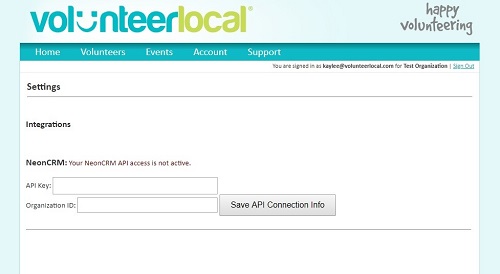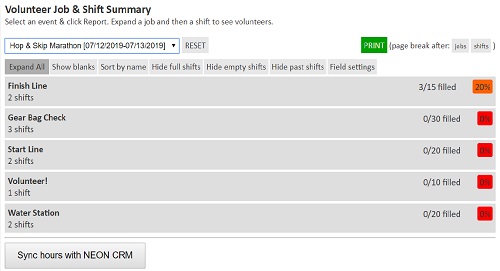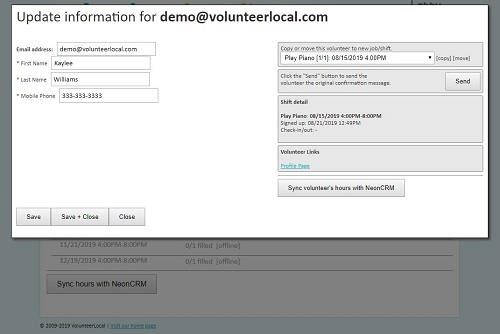Avoiding no-shows and getting volunteers where they need to go is key when it comes to volunteer check-in locations.
First things, first. Sometimes we forget that that in order for volunteers to volunteer, they have to get there. We’ve all had no-shows at some point or another, but then again, I know I’ve been on the other side of things, too–wandering around while trying to figure out where I was supposed to be.
 Communicate clearly
Communicate clearly
This is a real “duh” item…but for real, communicate clearly. Sometimes in our own familiarity with the layout and all of the details we forget that many of the volunteers are coming in blind. What’s simply “in the building next door” for us, should probably more clearly be communicated to volunteers as, “On the corner of Elm St. and 1st Ave, there’s an office building next to ours. Go through the door labeled ‘Main Entrance’ and take the stairwell to the right to the second floor. There you will be able to check-in at the volunteer registration table located at the top of the stairs.” If you aren’t sure if you are being specific enough, have a trusted volunteer check your instructions and see if they can follow it perfectly without prior knowledge of the location mentioned.
 Location, location, location
Location, location, location
When determining where volunteers should check in, consider where they are coming from–physically and mentally. Is the parking garage on the other side of the race from where you have the volunteer check-in set-up? Will the check-in spot require a 10-step set of instructions to get there without issue? Think about first time volunteers when you determine your volunteer check-in location. You may want to station a few check-in spots in obvious corners of the event if it’s spread out or one main location that’s easy to find before sending volunteers to their posts. If you do this, just make sure they can still check in and get their time recorded regardless of which check-in station they go to. If you have a lot of volunteers for a large event, it may even be necessary to list the volunteer check-in location on the general map. Or, when you send out an email with the location details, include a dropped pin for the check-in desk so volunteers can get to you by way of GPS. Even if your event is smaller, don’t underestimate the value of a clear and easy-to-get-to check-in location.
 Distribution of information
Distribution of information
Sometimes, despite your best efforts in communication and strategic location decisions, a volunteer will still get lost or not know where to go. Maybe they only skimmed the email or maybe they got their left and right turns confused. Either way, make sure someone else knows where volunteers need to go to help get them pointed in the right direction. If there’s a general info tent, be sure to instruct them on where to send volunteers (or provide the info tent the list of places if the volunteer check-in changes based on the time of day or type of volunteer duty). Also, include contact info for at least two people for volunteers to contact on the big day should something go wrong. That way if the first person is busy and can’t pick up their phone, they have another person to get a hold of. This is especially helpful for new volunteers who have no friends or contacts yet to reach in case something changes or they are running late or just get lost. More likely than not, you won’t be checking emails at that time so if they don’t have some phone numbers to reach out to just in case then they may walk away in frustration if their only option is to reply to your original email.
Unfortunately, you may still have no-shows. But hopefully you can keep those to a minimum by reducing confusion and establishing volunteer check-in locations that get volunteers off to a great start. Oh, and don’t forget to always have someone continuously posted at the check-in location! Nothing worse than having the perfect directions and check-in spot, only for it to be an unmanned desk. Keep someone there well before and after the time volunteers are to report in because you can count on having a fair share of both early arrivers and those volunteers who are always running late.

 Make a plan
Make a plan 




